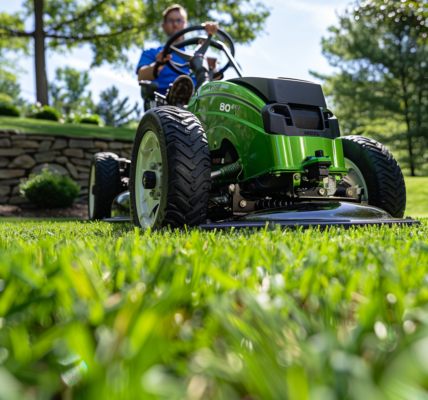A recent discovery in North Carolina has shed light on the surprising survival of space debris from a SpaceX capsule that journeyed to the International Space Station. In late May, a 3-foot, 90-pound piece of a SpaceX Crew Dragon vehicle was found on a mountain trail near Asheville, N.C. The debris, which was charred, was initially expected to burn up in the atmosphere upon re-entry.
The slab of debris was stumbled upon by Justin Clontz, an employee of The Glamping Collective, a luxury resort in Haywood County. NASA has since confirmed that this piece originated from the ‘trunk’ or service module of the SpaceX capsule that brought astronauts back to Earth from the ISS in March. The trunk, located beneath the astronauts’ seating area, is equipped with solar panels for power during flight and station operations.
Although the trunk is typically jettisoned before re-entry, it was anticipated to disintegrate completely during the process. However, the discovery of this debris, along with others, suggests that certain components of the spacecraft are resilient enough to survive the intense heat of re-entering Earth’s atmosphere.
This revelation highlights the need for further research into the behavior of space debris during re-entry and raises questions about the potential risks associated with surviving components. The unexpected survival of the SpaceX capsule debris in North Carolina serves as a reminder of the complexities and mysteries of space travel and debris management.





